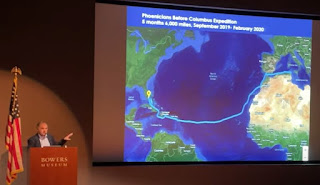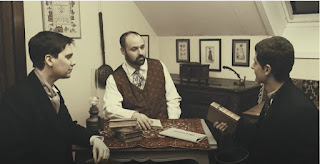Responses to the Interpreter and BMC’s $250 Moroni Day
More episodes of “Under the Banner of the Interpreter” are coming, but for a break, below are some representative comments from the Moronisamerica page that reposts my blogs. These are typical of the reactions I’m hearing from everywhere.
I don’t think the intellectuals in the M2C/SITH citation cartel realize how they are ruining whatever is left of their reputations. Their arrogance combined with their disdain for “ordinary” Latter-day Saints is eye-opening, isn’t it?
The tragedy: when Latter-day Saints see these things coming from the citation cartel, they are repulsed and mistakenly think these intellectuals and their tactics represent the Church. That’s why it is important for us to call out these intellectuals and what they teach.
As for me, I don’t need thick skin when self-appointed apologists who publish in the Interpreter have to put words in my mouth and misrepresent my positions. That’s the straw man logical fallacy that the Interpreter is famous for.
We can’t blame Spencer Kraus, of course. Although I’ve never met him, I’m sure he’s a great guy, a faithful, devoted Latter-day Saint, etc. As a student and researcher for Book of Mormon Central, he’s yet another useful tool of senior LDS intellectuals who remain “above the fray” by training and encouraging young apologists to employ a variety of logical and factual fallacies to persuade the Latter-day Saints that Joseph and Oliver misled the Church about Cumorah and the translation until they, the modern scholars, corrected the prophets.
#1. I’ve read both your books and enjoyed them. Like with any work, I turn to the source of all truth for confirmation. I’m satisfied that I am not being mislead. To the contrary, your analysis has opened the door to further light and knowledge. I completely ignore BYU apologetics these days. Ain’t nobody got time for that! You must have some pretty thick skin. The citation cartel wouldn’t leave you alone if you weren’t hitting the nail on the head.
#2 I am 77 years old and have a very strong testimony of the Book of Mormon. I find that now a days if you do not agree with those scholars you are treated like an unbeliever. I can not discuss where the Book of Mormon took place if I do not agree with the central America idea. If I try to discuss any doctrine that the intellectuals teach you are treated badly. I don’t know what happened to the church I use to belong to.
#3 Wow! Mean spirited to say the least! It’s seems that Brother Kraus enjoys writing derogatory statements that will win approval from his coworkers and employers. I appreciate your “Wait a minute!” articles that provide an alternate source of information about historical events and are actually more plausible than what is presented by the M2C group. I was in their camp for many years but there were sooo many questions that have been answered by your contributions…
_____
BTW, get out your checkbooks. Although Book of Mormon Central has already raised and squandered millions of dollars to promote M2C and SITH, including with these articles in the Interpreter, they want you to spend $250/plate to attend their “Moroni Day” celebration.
 |
Source: About Central America
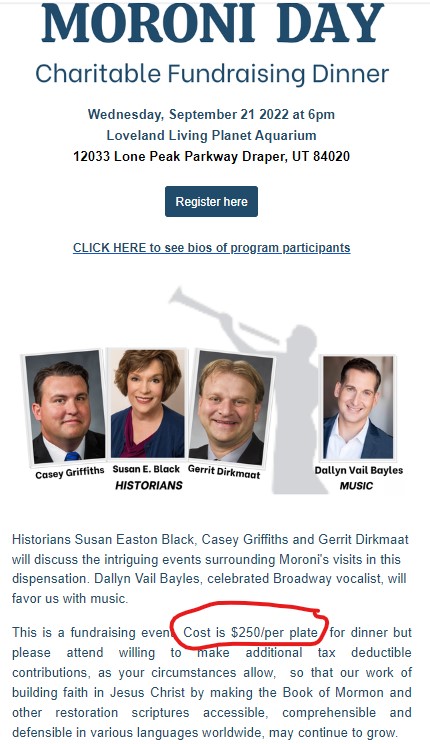
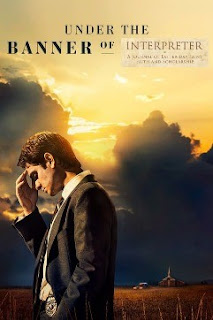

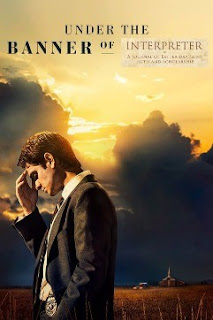


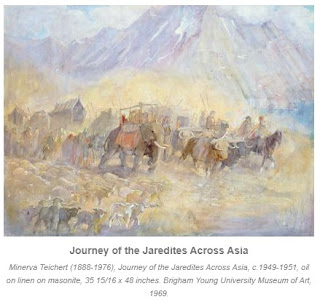


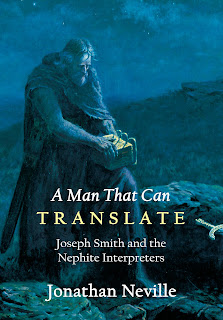

.jpg?resize=144%2C320&ssl=1)
